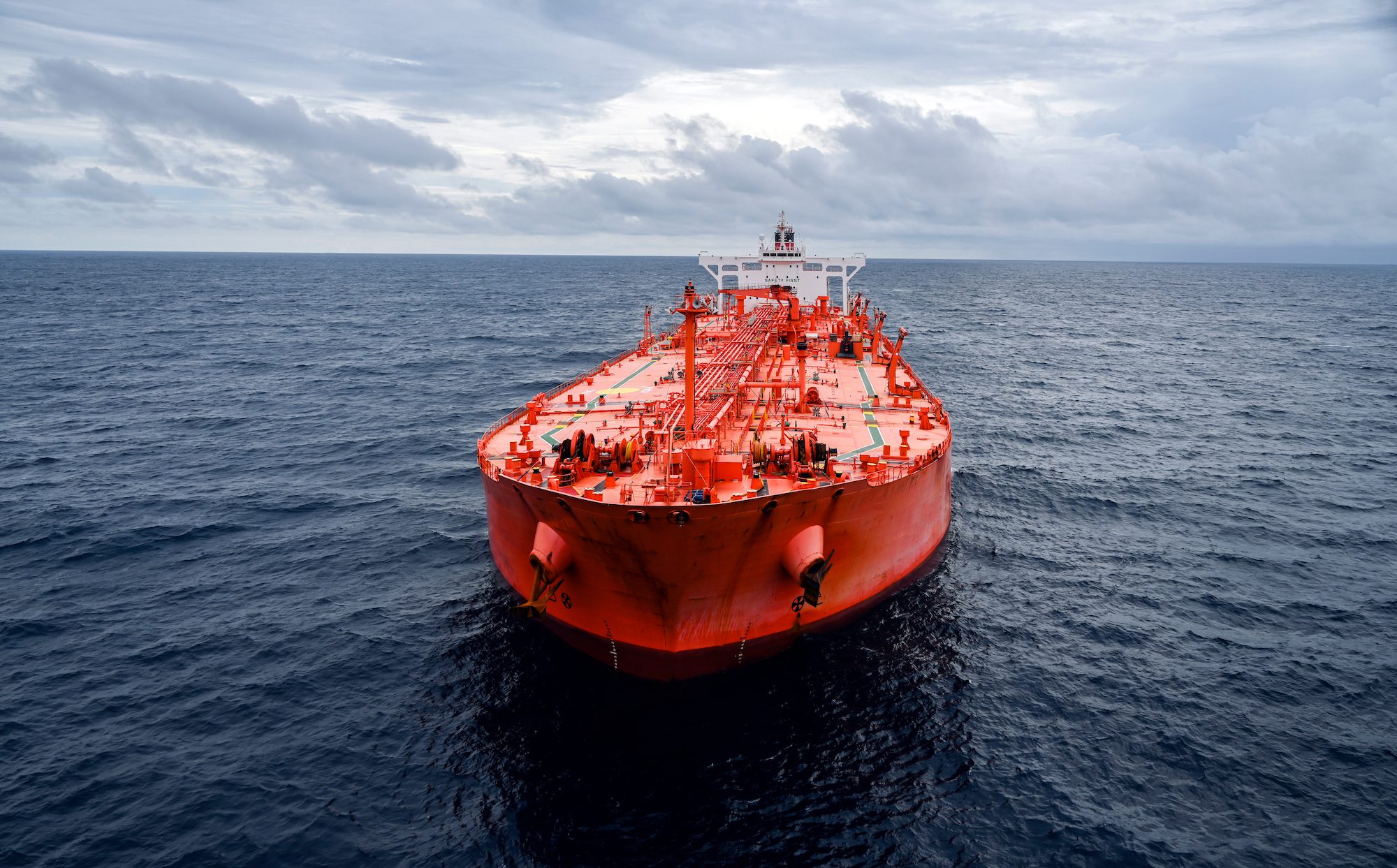
Photo: 2010 Arctic ice minimum compared to average courtesy NOAA
NOAA explained yesterday how it will concentrate scientific, service, and stewardship efforts in the Arctic when it released its first ever Arctic Vision and Strategy. Jane Lubchenco, Ph.D., under secretary of commerce for oceans and atmosphere and NOAA administrator, made the announcement during a keynote address to the Aspen Institute in Washington.
“The Arctic is at once a majestic, harsh, and fragile environment. It’s the region where we are seeing the most rapid and dramatic changes in the climate. And these regional changes have global implications,” said Lubchenco. “NOAA’s Arctic plan builds on our research history in that region to prepare us for a changing Arctic that will affect our economic, environmental, and strategic interests. The time to refocus our efforts is now and strong local, regional and international partnerships are required if we are to succeed.”
NOAA identified the Arctic as one of its priority areas in its 2010-2017 Strategic Plan and 2010 annual guidance memorandum, which serve to focus the agency’s efforts on key objectives.
The NOAA Arctic Vision and Strategy lists six goals:
- Forecast sea ice
- Strengthen foundational science to understand and detect Arctic climate and ecosystem changes
- Improve weather and water forecasts and warnings
- Enhance international and national partnerships
- Improve stewardship and management of ocean and coastal resources in the Arctic
- Advance resilient and healthy Arctic communities and economies
These goals require coordination of all NOAA’s capabilities, including fisheries management, weather and sea forecasting, climate services, mapping and charting, oil spill readiness and response, observations by satellite, ship, and aircraft, and oceanic, atmospheric, and climate research.
“I’m glad to see NOAA’s Arctic Vision and Strategy recognizes the need in Alaska for expanded sea ice forecasting, weather observations, water level information and geodetic control. The Alaska Immediate Action Workgroup has identified the importance of these data in our efforts to protect Alaska communities already experiencing coastal erosion and flooding and in planning for possible future development in coastal areas,” said Larry Hartig, commissioner of the Alaska Department of Environmental Conservation.
“NOAA envisions an Arctic where decisions to ensure that precious Arctic ecosystems and communities remain healthy and resilient, now and for future generations,” according to Lubchenco. “To do that, we must better understand and predict the changes that are happening in the Arctic, in some cases faster than previously projected.”
The loss of summer sea ice is one such example of rapid change. Record minimum sea ice was recorded in 2007 and has remained low, suggesting that 2007 was not a single extreme event.
The significant loss of summer sea ice is creating economic opportunities for resource extraction and maritime commerce, but it also creates challenges for environmental protection and national security. Arctic communities have long depended upon the unique characteristics of the region for food, livelihoods, cultural heritage and protection.
Via NOAA

 Join The Club
Join The Club











